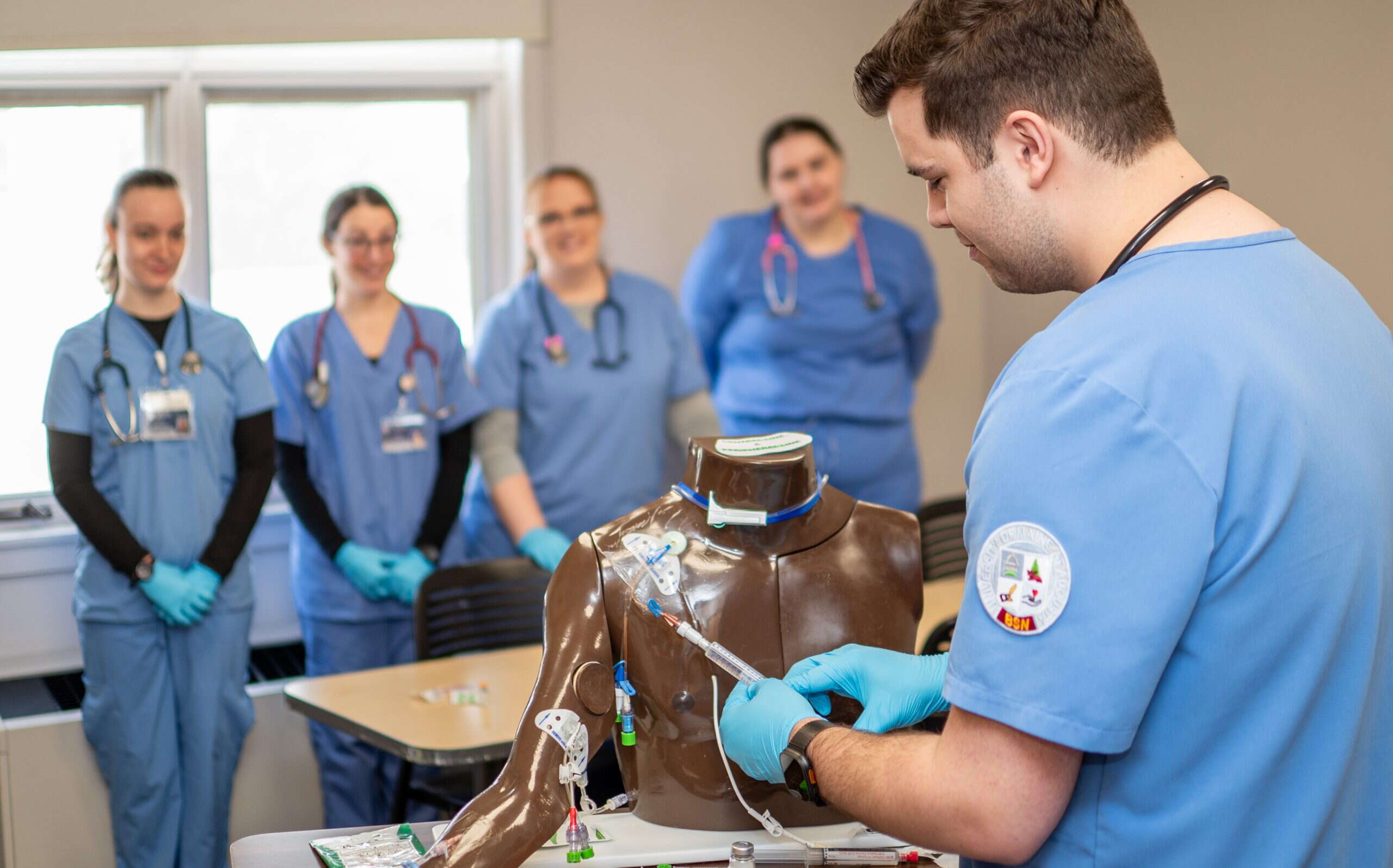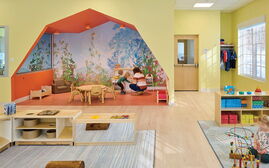
Processing Your Payment
Please do not leave this page until complete. This can take a few moments.
- News
-
Editions
-
- Lists
-
Viewpoints
-
Our Events
-
Award Honorees
- 2025 Business Leaders of the Year
- 2025 Outstanding Women in Business
- 2024 Women to Watch Honorees
- 2024 Business Leaders of the Year
- 2023 NextUp: 40 Under 40 Honorees
- 2023 Women to Watch Honorees
- 2023 Business Leaders of the Year
- 2022 NextUp: 40 Under 40 Honorees
- 2022 Women to Watch Honorees
- 2022 Business Leaders of the Year
-
-
Calendar
-
Biz Marketplace
- News
- Editions
- Lists
- Viewpoints
-
Our Events
Event Info
- View all Events
- Outstanding Women in Business Reception 2025
- On The Road with Mainebiz in Bath
- 60 Ideas in 60 Minutes Portland 2025
- 40 Under 40 Awards Reception 2025
- On The Road with Mainebiz in Lewiston / Auburn
- + More
Award Honorees
- 2025 Business Leaders of the Year
- 2025 Outstanding Women in Business
- 2024 Women to Watch Honorees
- 2024 Business Leaders of the Year
- 2023 NextUp: 40 Under 40 Honorees
- 2023 Women to Watch Honorees
- + More
- 2023 Business Leaders of the Year
- 2022 NextUp: 40 Under 40 Honorees
- 2022 Women to Watch Honorees
- 2022 Business Leaders of the Year
- Nomination Forms
- Calendar
- Biz Marketplace
UMF nursing 'sim lab' aims to prepare future health care workforce
 Photo / Courtesy University of Maine at Farmington
From left, Sierra Shirley, a nursing student from Wilton, receives clinical experience in the UMF Sim Lab under the guidance of Haley Tripp, a UMA lecturer of nursing.
Photo / Courtesy University of Maine at Farmington
From left, Sierra Shirley, a nursing student from Wilton, receives clinical experience in the UMF Sim Lab under the guidance of Haley Tripp, a UMA lecturer of nursing.
The University of Maine at Farmington opened a new simulation laboratory designed to help prepare nursing students for real-world patient care and grow the health care workforce.
Sim labs provide high-tech mannequins, also referred to as simulators, that have realistic biological indicators such as blood pressure, pulses, bowel sounds and eyes that blink and can be made to seem like they’re speaking.
The investment is considered a key step forward in addressing Maine’s critical nursing shortage.
The number of licensed nurses in Maine increased from 25,235 in December 2021 to 27,433 in August 2024, primarily because of the greater output of nurses by educational institutions led by the University of Maine System, according by the Maine Nursing Action Coalition.
But because of the rapid rise in the number of Mainers age 65 and older, who require two or three times more health care resources, demand is expected to result in a shortage of 2,817 registered nurses in 2030.
The UMF lab is the latest rollout of the education technology in Maine.
In 2023, the University of Southern Maine said it planned to add a simulation lab with animatronic mannequins, virtual reality trainers and replicated hospital rooms. Last year, Southern Maine Community College announced plans to build a simulation lab. Other community colleges have also added sim labs.
Talking mannequins
A project of UMF and UMaine Augusta’s joint nursing program, the lab creates a realistic clinical environment designed to provide students with hands-on clinical experiences that promote practice readiness upon graduation, according to a news release.
It includes a human patient simulator where students encounter medical situations with symptoms, diseases, and conditions common in a traditional clinical setting allowing them to apply conceptual knowledge in practice environments.

A control room adjacent to the lab allows instructors to adjust patient vitals, add complications and provide a voice for the patient through the mannequin. The goal is to provide students with opportunities to develop nursing skills, teamwork, interdisciplinary communication, critical thinking and clinical judgment skills.
The cost of the equipment was $131,319, provided by internal UMA funding, according to Dr. Shannon Gauvin, UMA’s nursing director and program coordinator.
Joint nursing program
The UMF program is expected to help meet Maine’s nursing needs as it enrolls a new cohort of first-year students to the dual degree program each fall. The first cohort of UMF students is expected to graduate in 2026.
UMF and UMaine Augusta’s joint nursing program is a first-of-its-kind dual degree program in the University of Maine System, where Farmington graduates can earn a UMF bachelor of arts degree in professional studies and a UMA pre-licensure bachelor of science degree in nursing.
The collaboration is in its fourth year.
“This partnership is dedicated to delivering high-quality, holistic nursing education that meets the critical needs of rural healthcare in Maine through UMA’s distance education model,” said Dr. Shannon Gauvin, UMA’s nursing director and program coordinator.
Integrating simulation throughout the curriculum helps ensure that students are prepared for practice, Gauvin added.














0 Comments